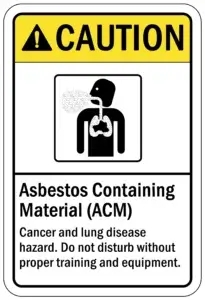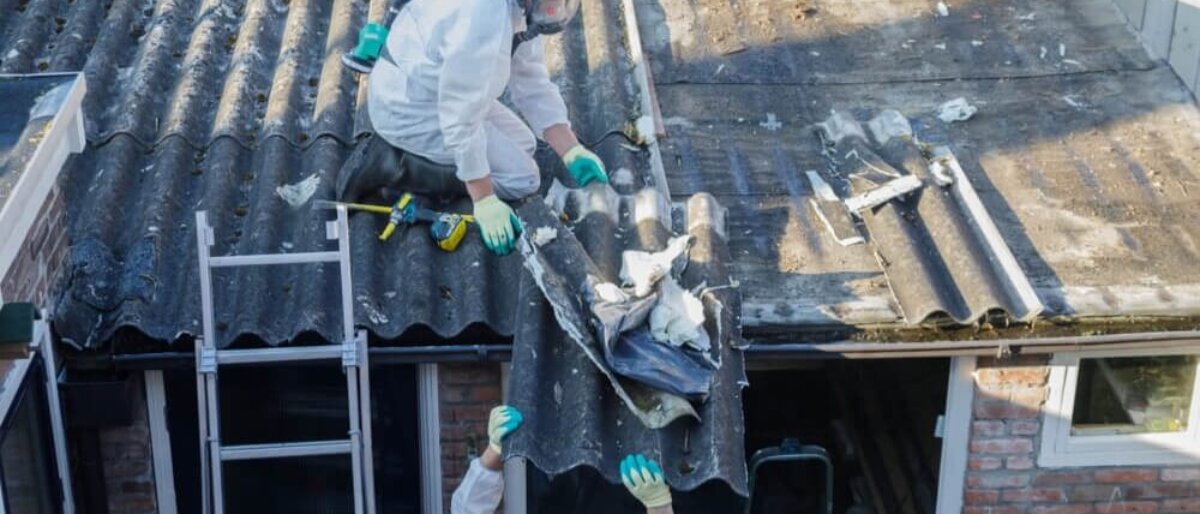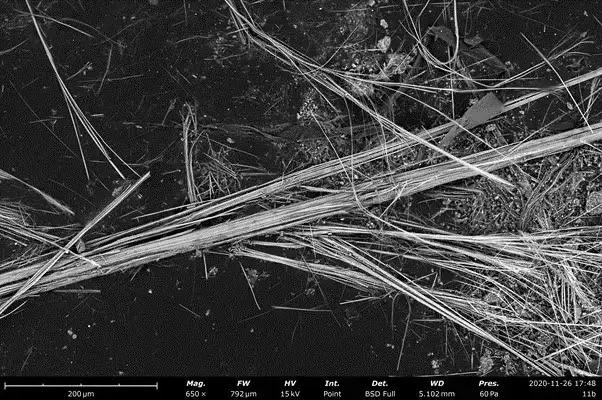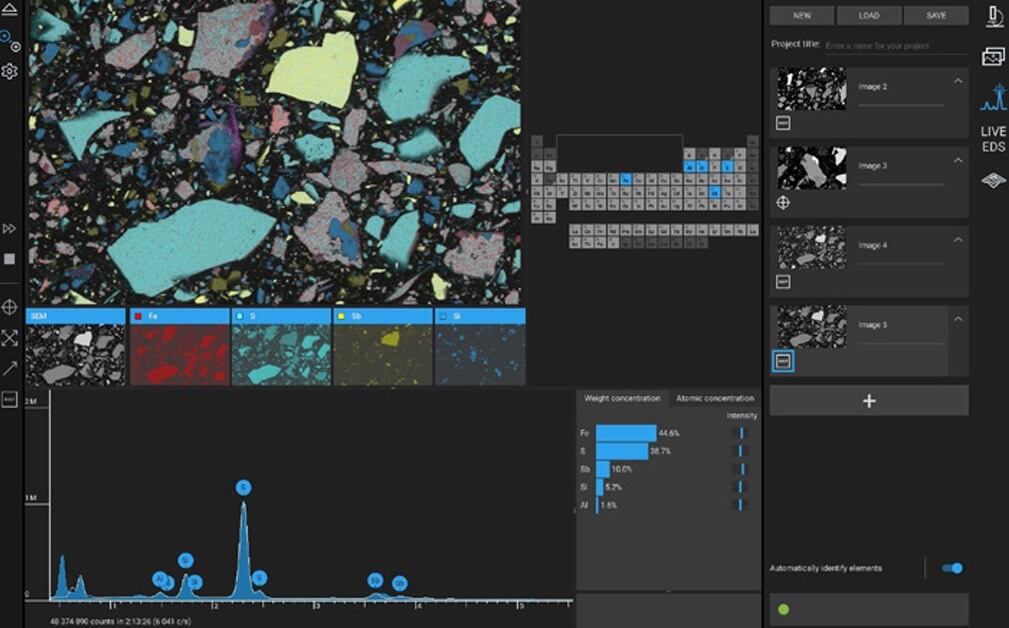
Hardly a day goes by without us being confronted with asbestos. Think about health risks, the complexity of renovations or the complex legislation to deal with this material.
Asbestos is a naturally occurring fibrous silicate mineral that was already known in ancient times. It was used in the First World War, for instance, as a filter material in gas masks. But it became really popular from the second half of the 20th century with its mass use in construction projects because of its strength and insulating and fire-resistant properties. The material is present in more than 230 different commercially available products.
Health risks of asbestos
Asbestos can cause serious health risks, especially when the fibres are released and inhaled. This can lead to several serious diseases, including asbestosis, lung cancer and mesothelioma. For prevention, protective measures were introduced at European level from the late 1970s, gradually followed by more and more precautionary measures. This led to a total asbestos ban on October 23, 2001.
However, this did not solve the problem. In Europe alone, an estimated 35 million buildings contain asbestos. According to an ambitious plan by the European commission, most of these should be renovated by 2030 as part of the ‘green renovation wave’.
In other words, we have a wave of reconstruction and renovation projects coming our way, in which the safety of workers can only be guaranteed if the presence or absence of asbestos is determined beforehand. Rapid and accurate testing methods are thus more necessary than ever to drastically reduce the annual number of exposures (125 000 000) and work-related deaths (> 100 000), according to WHO estimates.

Asbestos sampling and analysis methods
Samples are collected from demolition or renovation sites as bulk material or air samples. Bulk sampling involves taking a quantity of material from, for example, plaster, mastic or roofing. In air sampling, air is pumped through a filter whereby any particles and possibly asbestos fibers present are collected on a filter.
The following methods are traditionally used in the analysis lab for asbestos detection:
- Optical microscopy and derived techniques such as PCM (Phase Contrast Microscopy) and PLM (Polarized Light Microscopy).
- Transmission electron microscopy (TEM).
- X-ray fluorescence (XRF).
But there are also certain drawbacks and limitations associated with these techniques:
Optical microscopy often has limitations in terms of resolution and does not have the capability to perform chemical analysis. TEM does not have these limitations but is a very expensive and time-consuming technique. XRF can assist in analyzing materials for chemical composition, but only at high concentrations.
The demand for higher speeds, more automation, and better resolution has led to scanning electron microscopy (SEM) becoming an increasingly popular technique in the asbestos analysis lab.


SEM as a test method for asbestos
Although the prescribed standards, regulations, and accepted test methods still vary across different European countries, it increasingly seems clear that electron microscopy (SEM) will become the standard for asbestos detection.
The new European directive (EU) 2023/2668 mandates a reduction in the detection limit and requires that laboratories transition to electron microscopy within six years of the directive’s enactment. In Belgium, for example, this change will be incorporated into national legislation by December 20, 2025. This means that labs currently using light microscopy will need to prepare for this transition.
Want to read the full article?
Read the full article on our specialised website: electron-microscopes.com.







